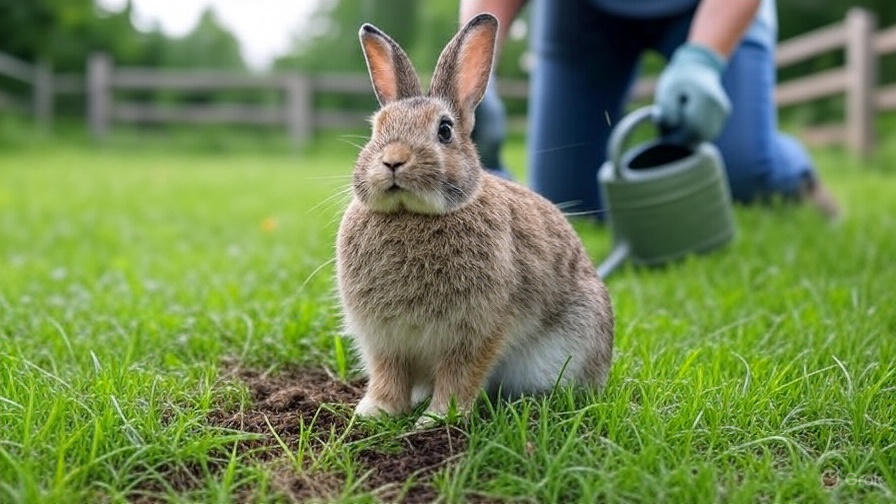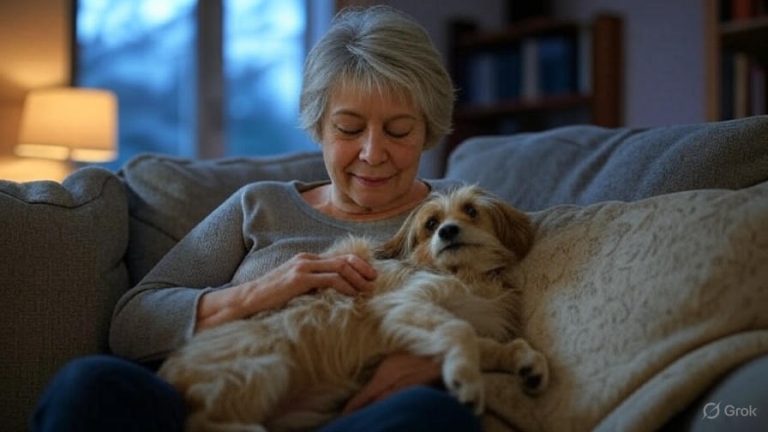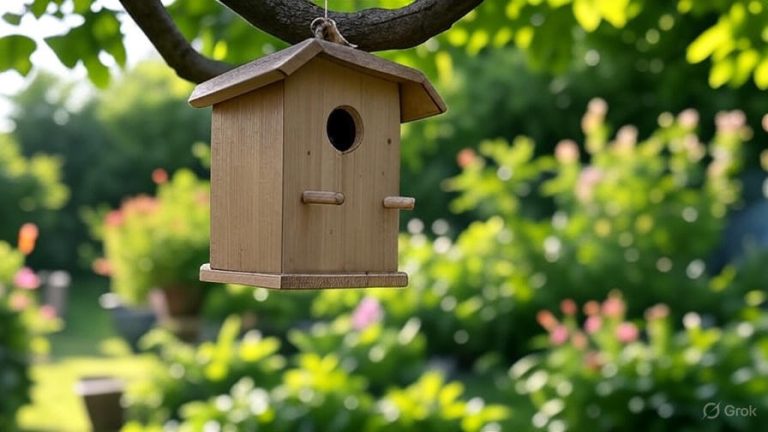How to House Train Your Rabbit?
House training your rabbit might seem challenging at first, but these adorable companions can learn proper bathroom habits just like cats and dogs. Most rabbit owners discover that their furry friends are naturally clean animals who prefer using designated toilet areas. This comprehensive guide walks you through every step of the rabbit litter training process, helping you create a harmonious living environment with your pet bunny.
Why Rabbits Make Excellent House Pets
Domestic rabbits possess natural instincts that make house training possible. Wild rabbits establish specific areas for waste elimination to avoid attracting predators to their living spaces. Your pet rabbit carries these same instincts, making them ideal candidates for successful litter box training.
House-trained rabbits enjoy greater freedom throughout your home. They can hop around safely without creating messes, and you won’t need to confine them to small cages constantly. The bond between you and your rabbit strengthens when they have more space to explore and interact with family members.
Essential Supplies for Rabbit Litter Training
Before starting the training process, gather these necessary items:
Litter Box Selection Choose a litter box that accommodates your rabbit’s size comfortably. The box should be large enough for your bunny to sit completely inside with room to turn around. Corner litter boxes work well for smaller rabbits, while larger breeds need rectangular boxes with higher sides.
Safe Litter Materials Paper-based litter provides the safest option for rabbits. Avoid clay-based cat litter, as rabbits may ingest it during grooming, leading to digestive blockages. Wood pellets, hemp bedding, and recycled paper products offer excellent absorption without health risks.
Hay Rack Placement Rabbits naturally eliminate while eating, so placing a hay rack near or over the litter box encourages proper usage. This setup mimics their natural behavior patterns and speeds up the training process.
Cleaning Supplies Keep enzyme-based cleaners on hand to eliminate odors from accidents. Regular household cleaners may leave scents that deter your rabbit from using their designated area.
Step-by-Step House Training Process
Week 1: Establishing the Foundation
Start by confining your rabbit to a smaller area, such as a large pen or single room. This limitation helps them learn where their litter box is located without becoming overwhelmed by too much space.
Place the litter box in the corner where your rabbit naturally tends to eliminate. Most rabbits show preference for specific corners, making observation crucial during the first few days. Fill the box with about two inches of safe litter material and add a handful of hay on top.
Monitor your rabbit’s bathroom habits closely during this initial week. Every time they use the litter box correctly, offer verbal praise and a small healthy treat. Positive reinforcement creates strong associations between the desired behavior and pleasant outcomes.
Week 2: Expanding Territory
Once your rabbit consistently uses their litter box in the confined area, gradually expand their living space. Add one additional room or area while keeping the original litter box in place.
Watch for signs that your rabbit might need additional litter boxes in the expanded area. If accidents occur in specific corners, place temporary litter boxes there until your bunny adjusts to the larger space.
Continue offering rewards for proper litter box usage. Consistency in your response helps reinforce the training and builds your rabbit’s confidence.
Week 3: Fine-Tuning Habits
By the third week, most rabbits show significant improvement in their house training. However, some may still have occasional accidents, especially if they become excited or stressed.
Clean any accident spots immediately with enzyme cleaner to prevent your rabbit from returning to those areas. Never punish your rabbit for accidents, as this creates fear and slows down the training process.
Maintain a regular feeding schedule, as this helps establish predictable bathroom routines. Rabbits typically eliminate shortly after eating, making timing an important factor in successful training.
Common House Training Challenges and Solutions
Accidents Outside the Litter Box
Even well-trained rabbits occasionally have accidents. Stress, illness, or changes in routine can trigger setbacks in house training. Examine potential causes when accidents increase in frequency.
Move any accidents back to the litter box to reinforce where elimination should occur. Clean the accident area thoroughly and consider placing a temporary litter box nearby if the behavior continues.
Territorial Marking
Unspayed or unneutered rabbits often spray urine to mark their territory. This behavior differs from normal elimination and requires different solutions. Spaying or neutering your rabbit significantly reduces territorial marking behaviors.
Male rabbits typically show more marking behaviors than females, but both sexes benefit from spay/neuter procedures. Consult with a rabbit-experienced veterinarian about the appropriate timing for these procedures.
Multiple Rabbit Households
Training multiple rabbits requires patience and strategic litter box placement. Each rabbit may prefer their own box, even if they’re bonded pairs. Provide at least one litter box per rabbit plus one extra box.
Place litter boxes in different areas of your home to prevent competition and territorial disputes. Monitor interactions between rabbits around litter boxes and separate them if conflicts arise.

Maintaining Long-Term Success
Daily Maintenance Routines
Clean litter boxes daily to maintain your rabbit’s interest in using them. Remove soiled litter and hay, replacing them with fresh materials. Weekly deep cleaning with pet-safe disinfectants keeps boxes hygienic and odor-free.
Observe changes in your rabbit’s elimination patterns, as these may indicate health issues. Increased frequency, changes in urine color, or absence of droppings warrant veterinary attention.
Environmental Factors
Temperature and humidity affect litter box usage. Extremely hot or cold conditions may cause your rabbit to avoid certain areas of your home. Ensure litter boxes remain in comfortable, accessible locations year-round.
Lighting also influences bathroom habits. Rabbits prefer well-lit areas for elimination, so avoid placing litter boxes in dark corners or basements.
Health Benefits of Proper House Training
Well-trained rabbits experience numerous health benefits from proper litter box usage. Clean living environments reduce the risk of urinary tract infections and skin irritations caused by contact with waste materials.
Regular litter box monitoring allows early detection of health problems. Changes in urine output, color, or dropping consistency often signal medical issues requiring veterinary care.
House-trained rabbits also experience less stress than those confined to small spaces. Reduced stress levels contribute to better overall health and longer lifespans.
Advanced Training Techniques
Target Training Integration
Combine house training with basic target training to reinforce positive behaviors. Teach your rabbit to touch a target stick with their nose, then reward them for using their litter box immediately afterward.
This technique creates strong mental associations between the desired location and positive outcomes, accelerating the house training process.
Schedule-Based Training
Establish regular feeding times to create predictable elimination schedules. Most rabbits eliminate within 10-15 minutes after eating, allowing you to guide them to appropriate areas during these times.
Free-feeding disrupts natural elimination patterns and makes house training more difficult. Structured meal times benefit both training and overall health.
Troubleshooting Persistent Problems
Medical Issues
Consult a veterinarian if your rabbit suddenly stops using their litter box after successful training. Urinary tract infections, arthritis, or digestive problems may prevent normal bathroom behaviors.
Older rabbits sometimes develop mobility issues that make reaching litter boxes difficult. Provide multiple boxes or boxes with lower sides to accommodate physical limitations.
Environmental Stressors
Identify and eliminate stressors that may interfere with house training. Loud noises, new pets, or changes in household routine can trigger regression in bathroom habits.
Create calm, quiet spaces around litter box areas to encourage consistent usage. Avoid placing boxes near washing machines, televisions, or high-traffic areas.
Building a Rabbit-Friendly Home
Safe Exploration Areas
House-trained rabbits need rabbit-proofed spaces for safe exploration. Cover electrical cords, remove toxic plants, and secure loose items that could cause harm if chewed.
Provide appropriate chewing materials to prevent destructive behaviors. Untreated wood blocks, hay-based toys, and cardboard items satisfy natural chewing instincts without causing damage to your belongings.
Long-Term Success Strategies
Maintain consistent routines even after successful house training. Regular feeding times, daily exercise periods, and consistent sleep schedules support continued success with litter box usage.
Monitor your rabbit’s behavior for signs of stress or illness that might affect their house training. Early intervention prevents minor setbacks from becoming major problems.
Conclusion
House training your rabbit creates a rewarding partnership built on trust and mutual respect. Patient, consistent training methods yield excellent results with most domestic rabbits. The investment of time and effort pays dividends in the form of a clean, happy home shared with your beloved bunny companion.
Remember that every rabbit learns at their own pace. Some master litter box usage within days, while others need several weeks to develop consistent habits. Celebrate small victories along the way and maintain realistic expectations throughout the training process.
Your house-trained rabbit will enjoy greater freedom, better health, and stronger bonds with family members. The skills you develop during house training also prepare you for teaching other behaviors and tricks, opening up endless possibilities for enriching your relationship with your remarkable rabbit companion.







